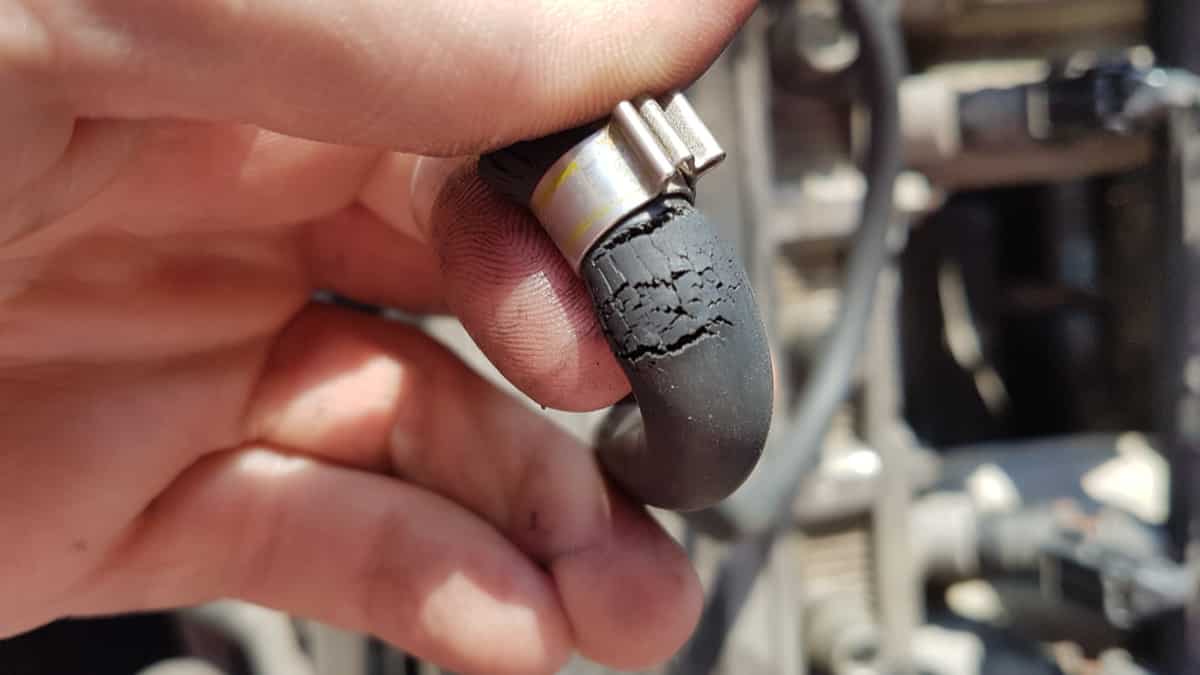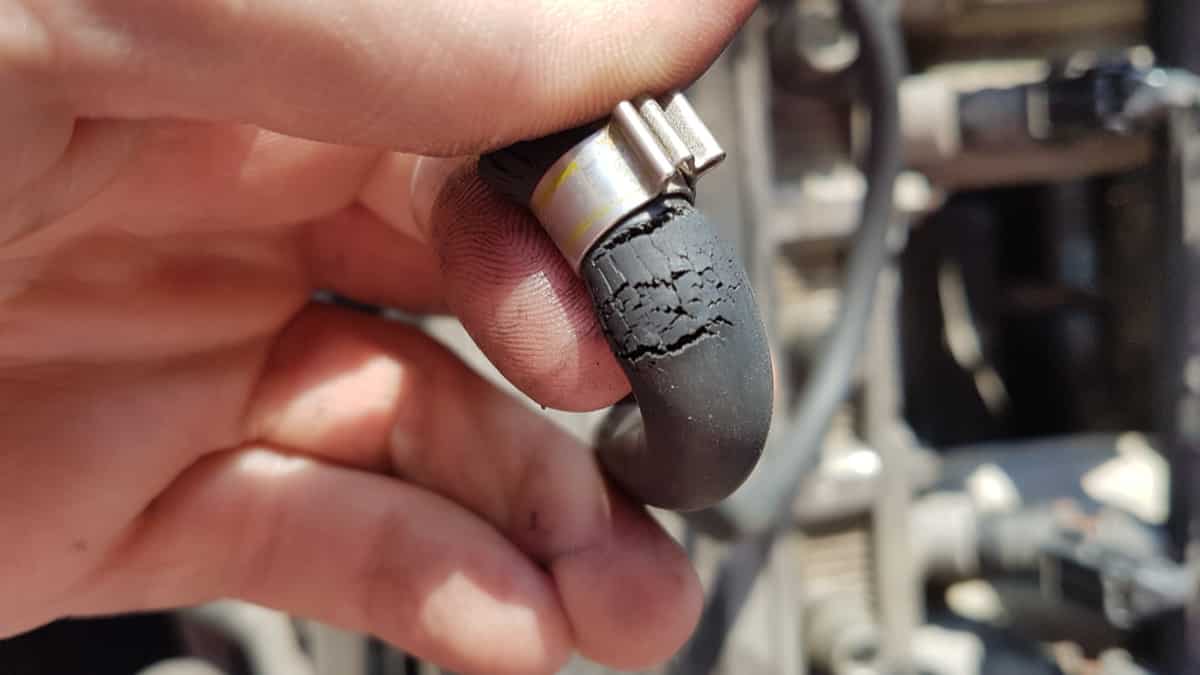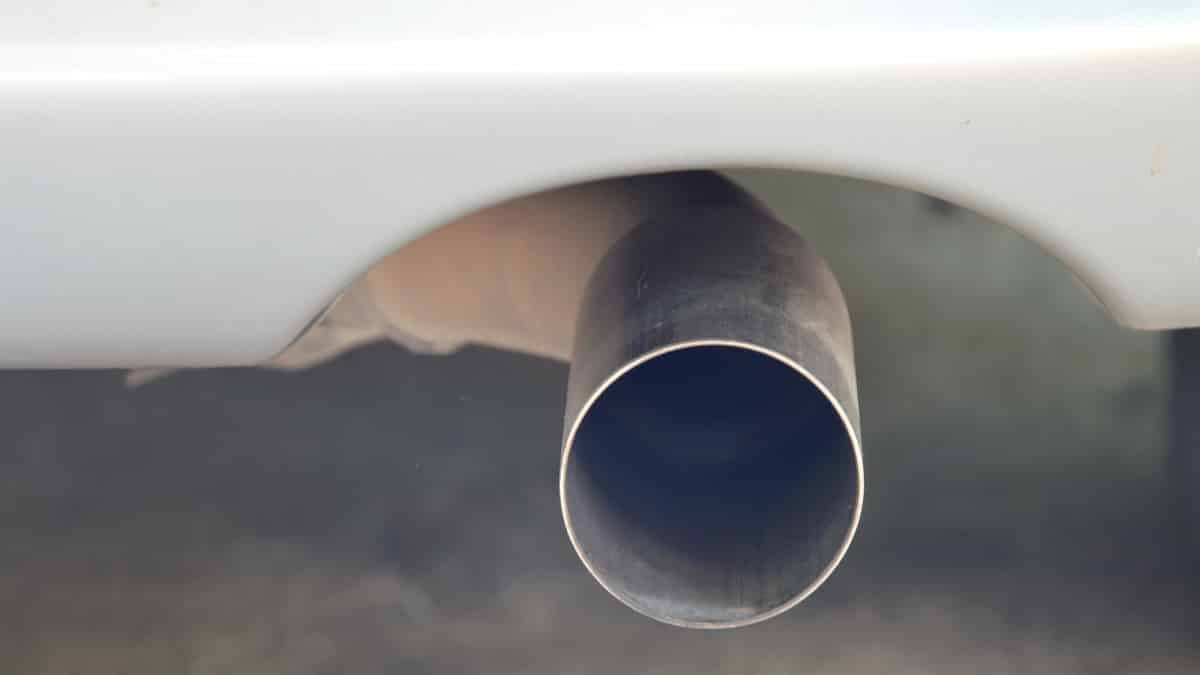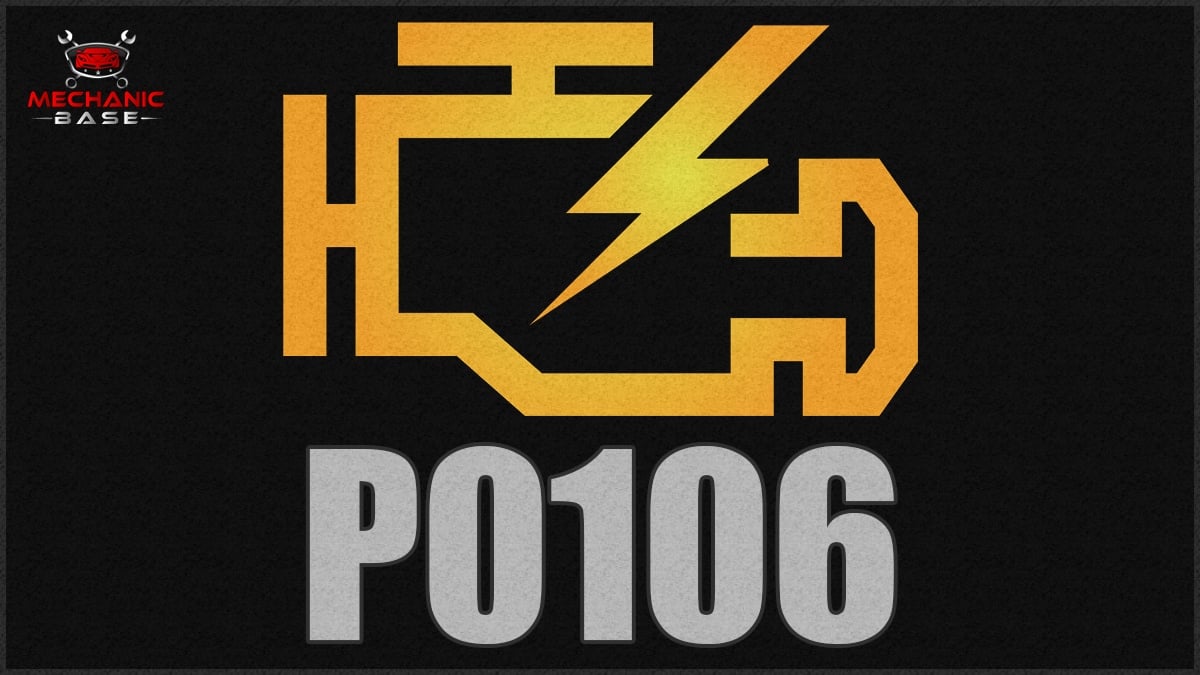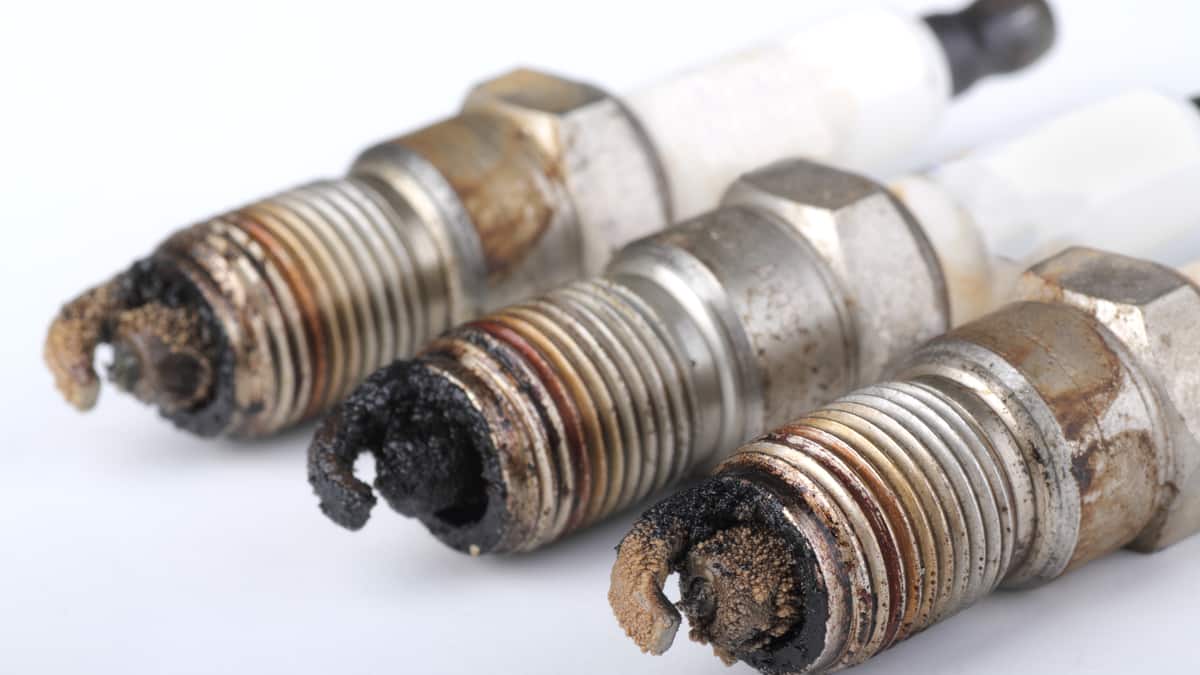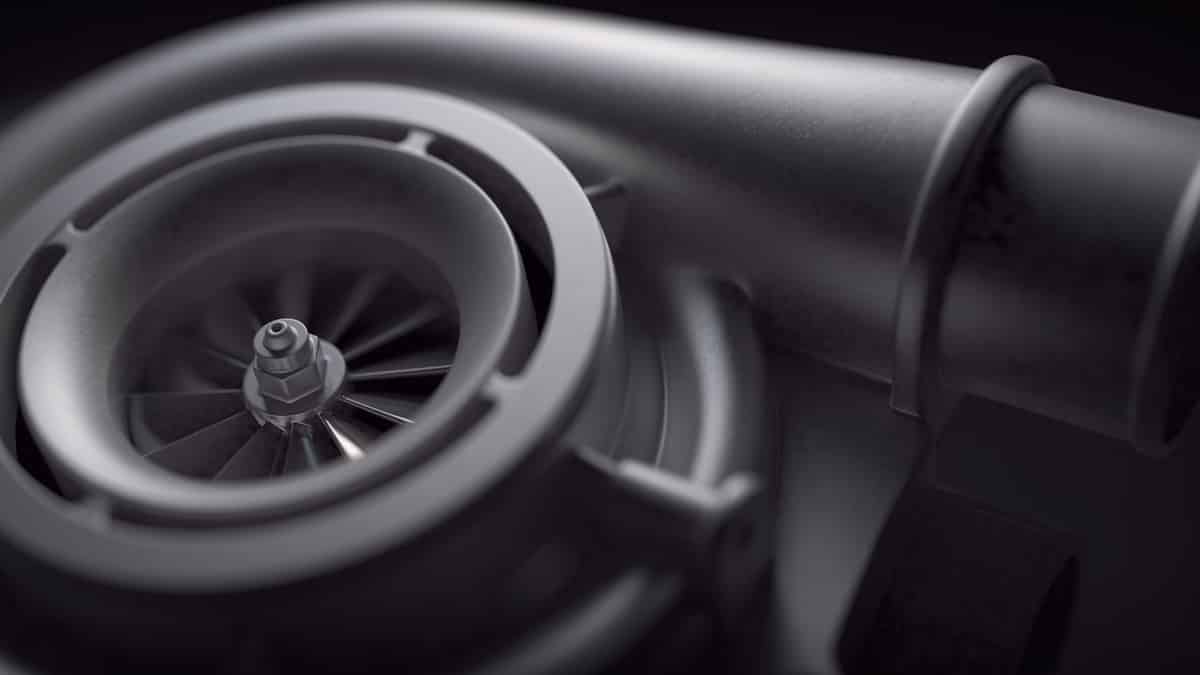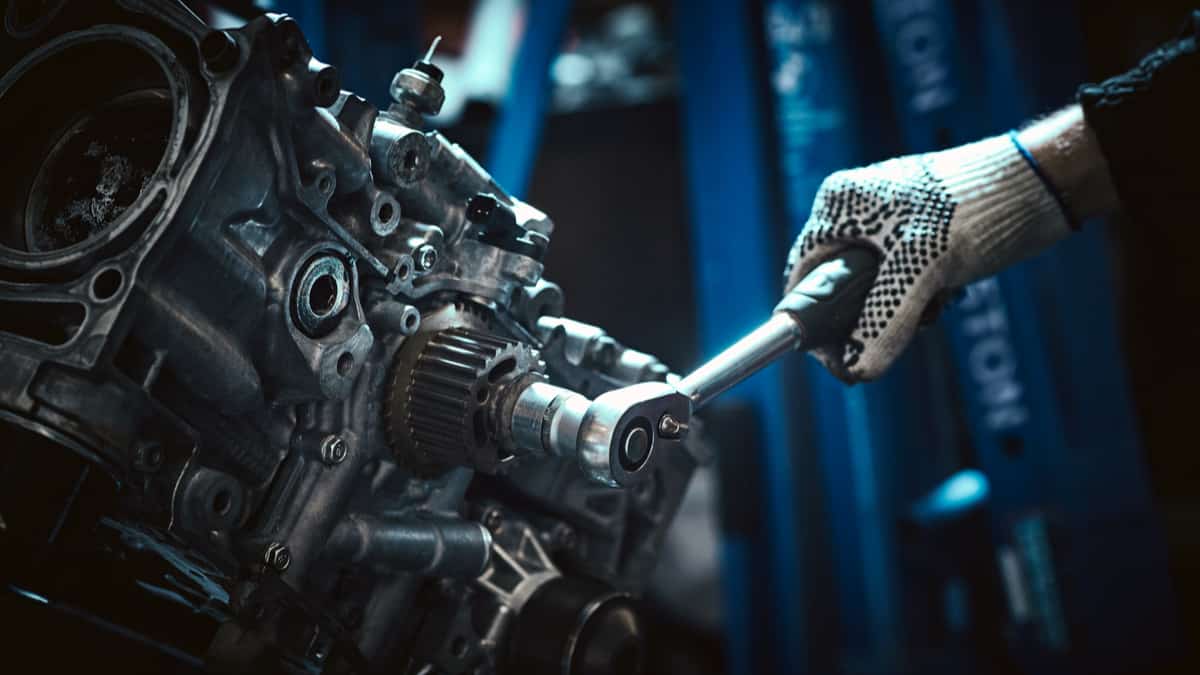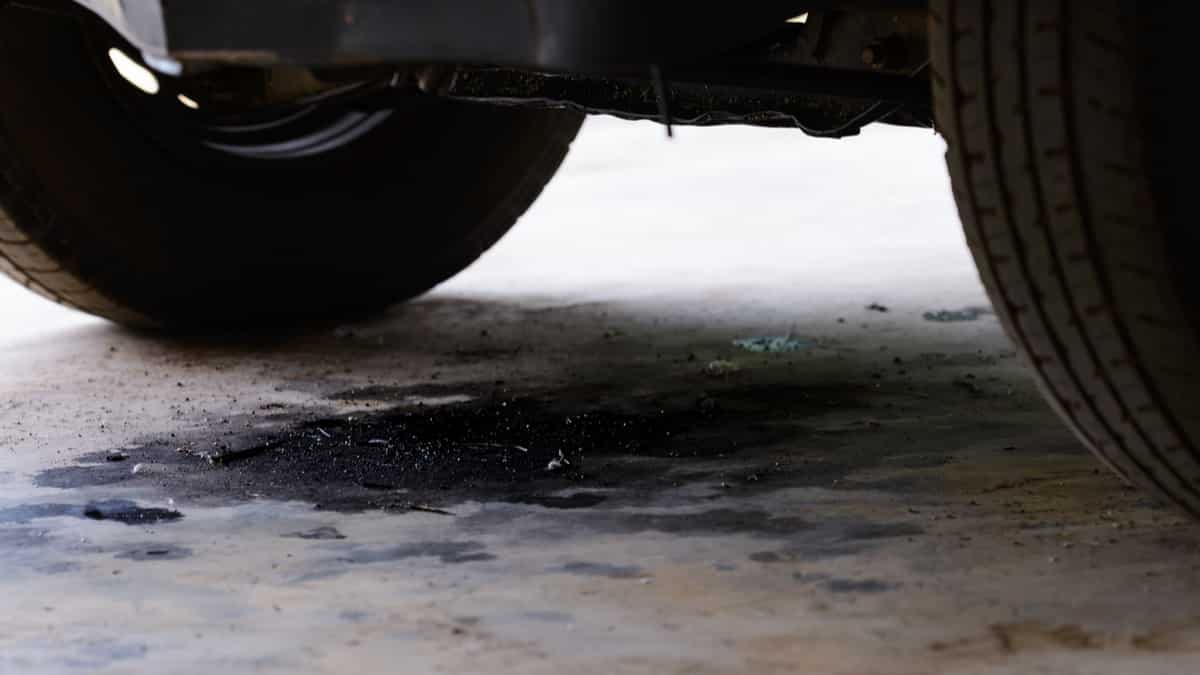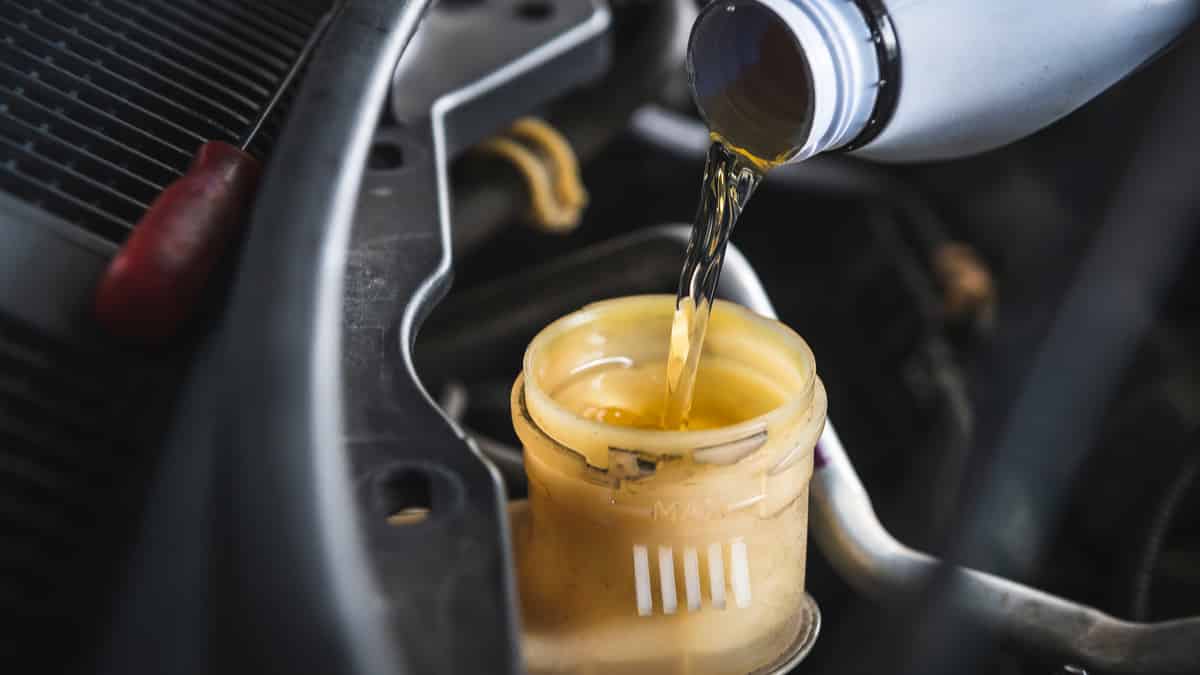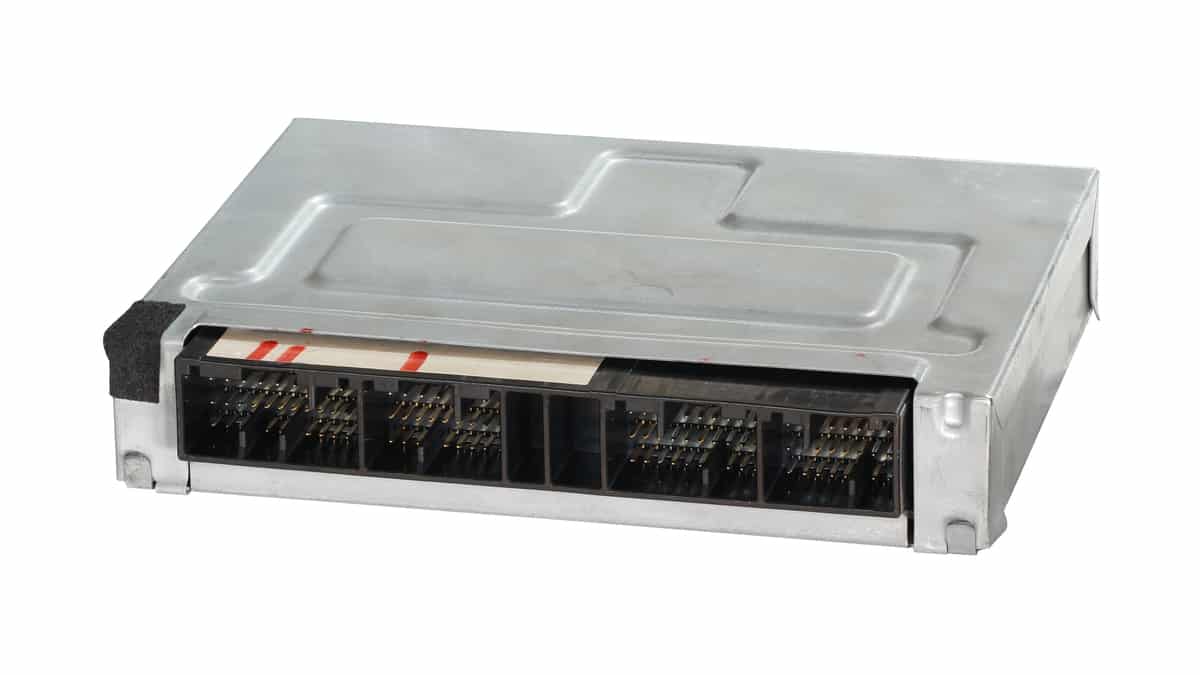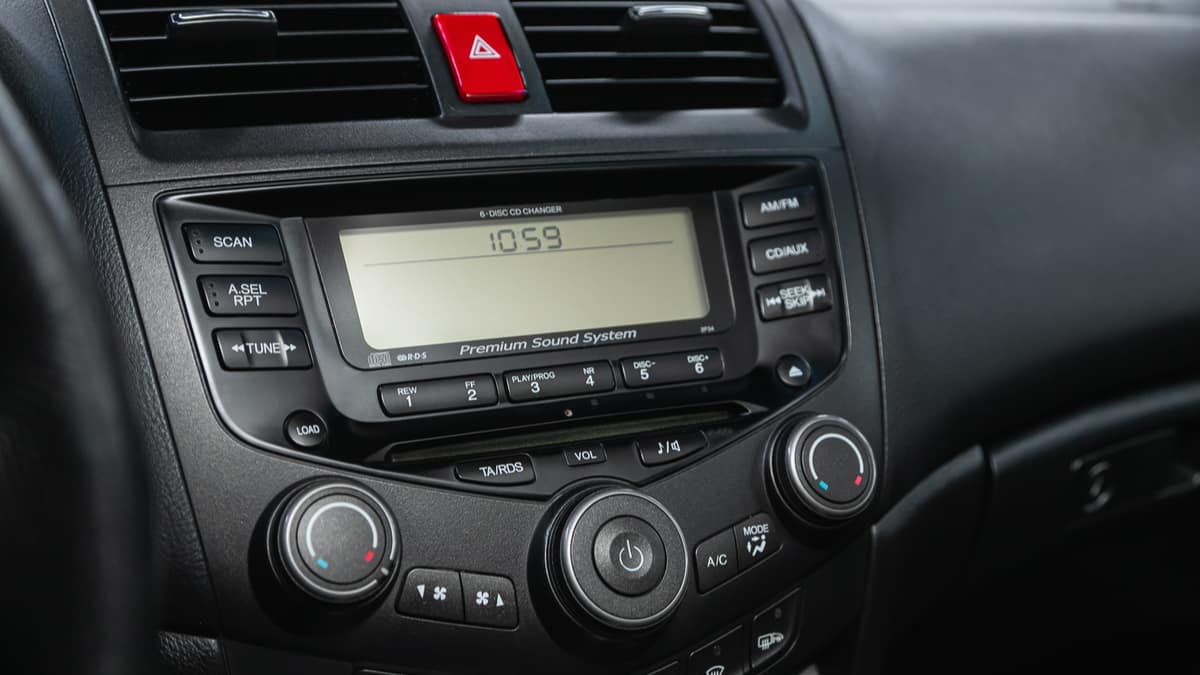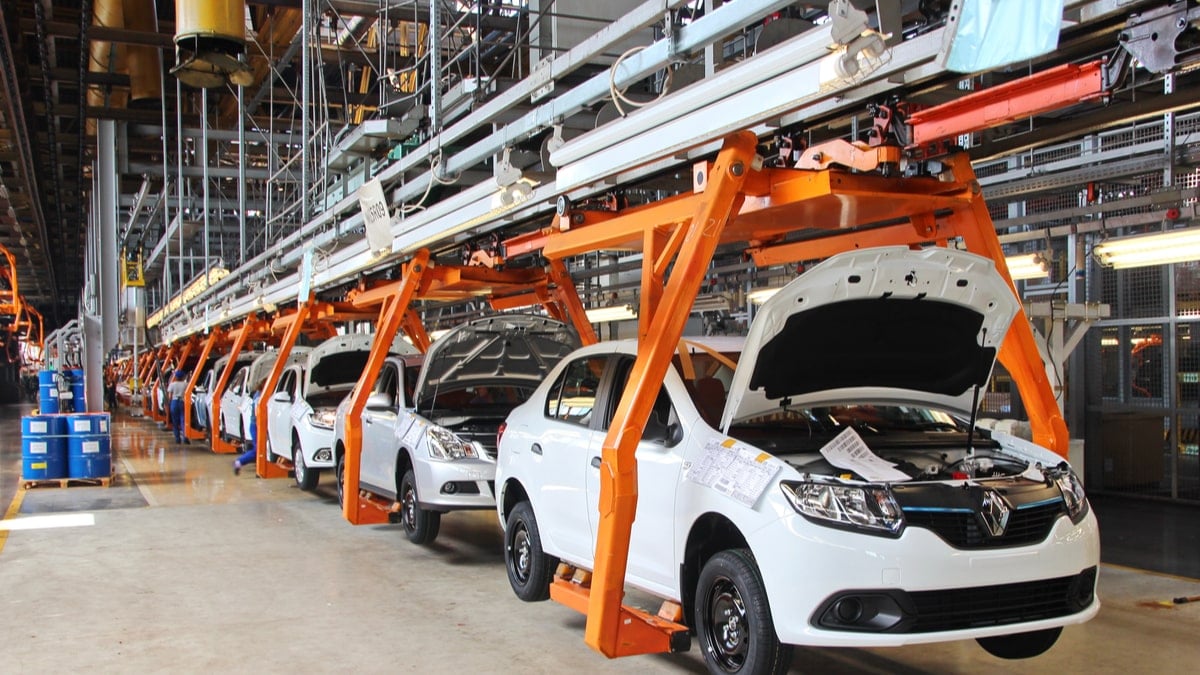Most of the time, when your car engine is running, the throttle body restricts the engine from revving up. This will create a vacuum inside the intake manifold.
The car engine is also measuring every inch of air entering the engine. As you may imagine, a vacuum leak can cause unmeasured air to go into the engine and disturb the air-fuel mixture.
The good thing is that a vacuum leak is not hard to identify if you have the right tools and the proper knowledge.
In this article, I will talk about the most common symptoms of a vacuum leak, the most common causes, and how you can locate it easily. Let’s begin with a quick look at the signs.
What Are The Symptoms of a Vacuum Leak?
The main symptoms of a vacuum leak include:
- Rough idle
- High idle RPM
- Rough/Slow Acceleration
- Check engine light
- Misfires and backfires
- High pitch noise from the engine
The engine is very sensitive to calculating the air entering the engine, to calculate the right air-fuel mixture. Therefore, a vacuum leak causes a lot of different symptoms. Here is a more detailed list of the signs of a vacuum leak to look for:
1. Rough Idle

The car engine is most sensitive to problems at idle. Therefore, it is no surprise that rough idle will be one of the strongest vacuum leak symptoms.
This is mainly because the throttle body is trying to hold a stable idle by opening and closing the throttle valve. If you have a major vacuum leak, the throttle body will have a problem trying to control it, resulting in strange idle symptoms.
It can also be because the air-fuel mixture is out of balance as a result of the vacuum leak.
2. High Idle RPM
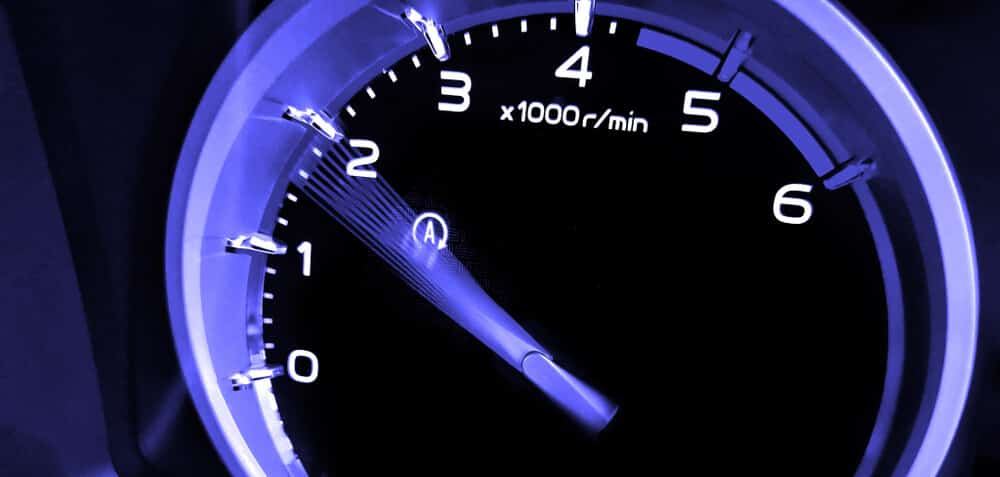
You have vacuum pressure in the intake manifold on idle because the throttle body is restricting the engine from revving up. If you have a vacuum leak, it will allow more air to enter the engine, allowing it to rev up.
This is why you will, in many cases, experience a high engine idle RPM as one of the most common vacuum leak symptoms.
3. Rough/Slow Acceleration
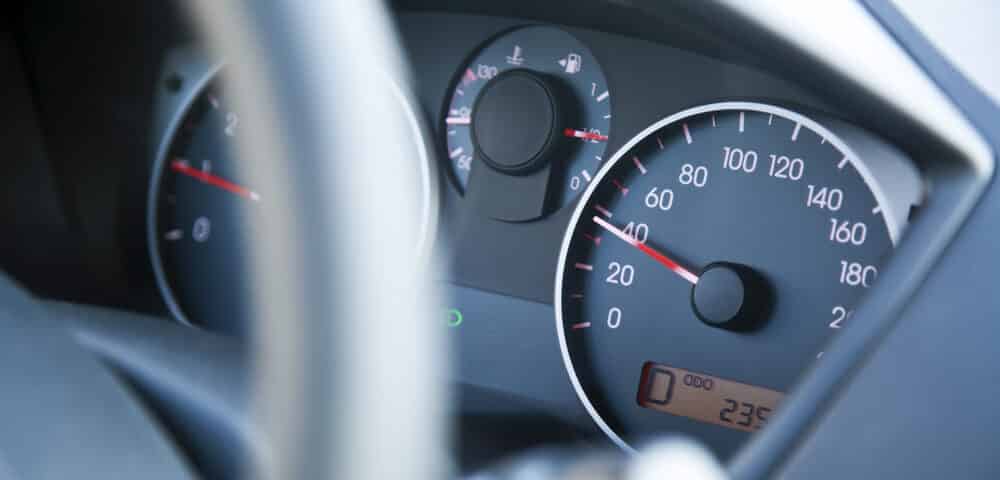
A vacuum leak will often result in rough or slow acceleration because the engine will get the wrong air/fuel ratio when uncalculated air is entering or leaving the engine.
A vacuum leak normally results in a lean mixture, and a lean mixture often results in slow acceleration. You can feel it like the engine is trying to speed up, but something is holding it back.
There are a lot of other things that can cause slow acceleration, so always make a proper diagnosis before replacing parts.
RELATED: 10 Causes of a Car Losing Power When Accelerating
4. Check Engine Light
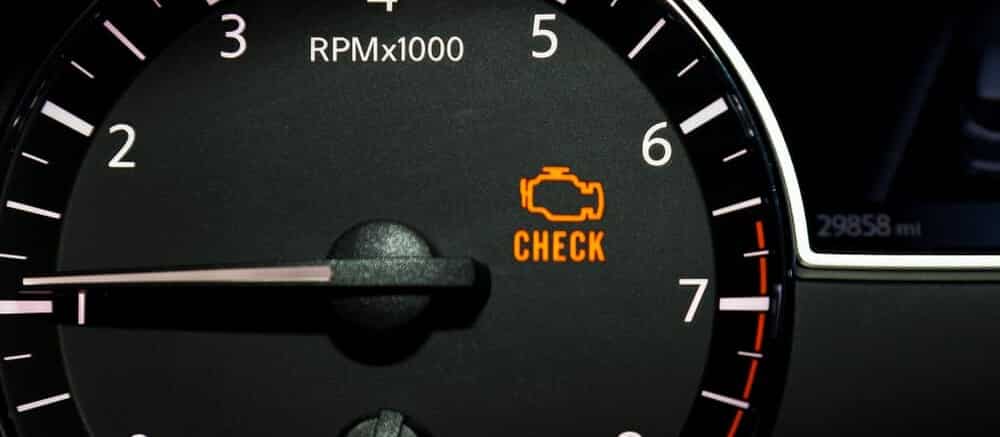
The engine control unit controls all the car’s sensors all the time while you are driving your car. If one of these sensors is sending faulty information to the engine control unit, it will light up the check engine light.
Vacuum leaks can often result in a check engine light on your dashboard, and you will often find a trouble code in the ECU memory telling you that the ECU has recognized a lean mixture.
5. Misfires & Backfires
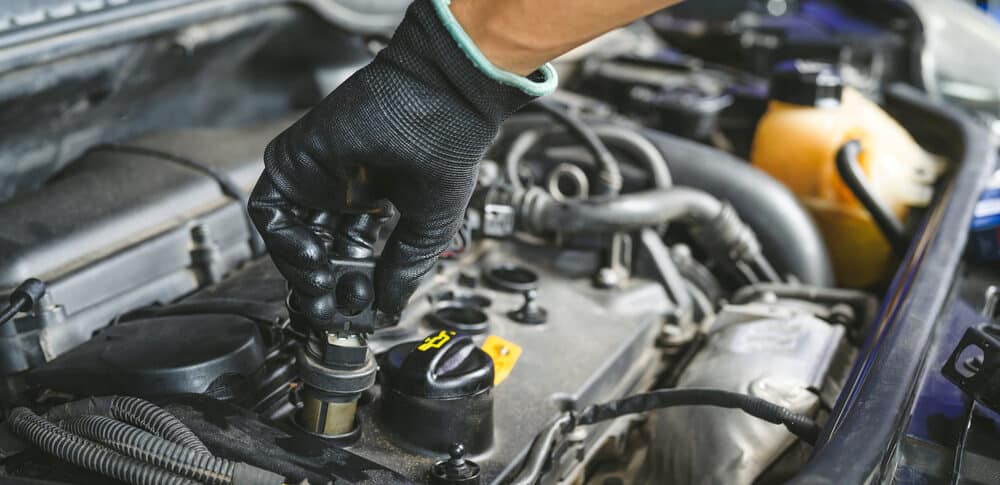
Your engine often starts to misfire and backfire when it has a vacuum leak. When it has a vacuum leak, the air/fuel mixture can sometimes get so lean that your car cannot fire the cylinders properly
It will also often result in misfire trouble codes, like the P0300 trouble code. When your car is misfiring on one specific engine, it is usually caused by a vacuum leak around the intake manifold gasket. If you have misfires on all cylinders, it can be a vacuum leak anywhere around the intake manifold.
6. High pitch noise from the engine
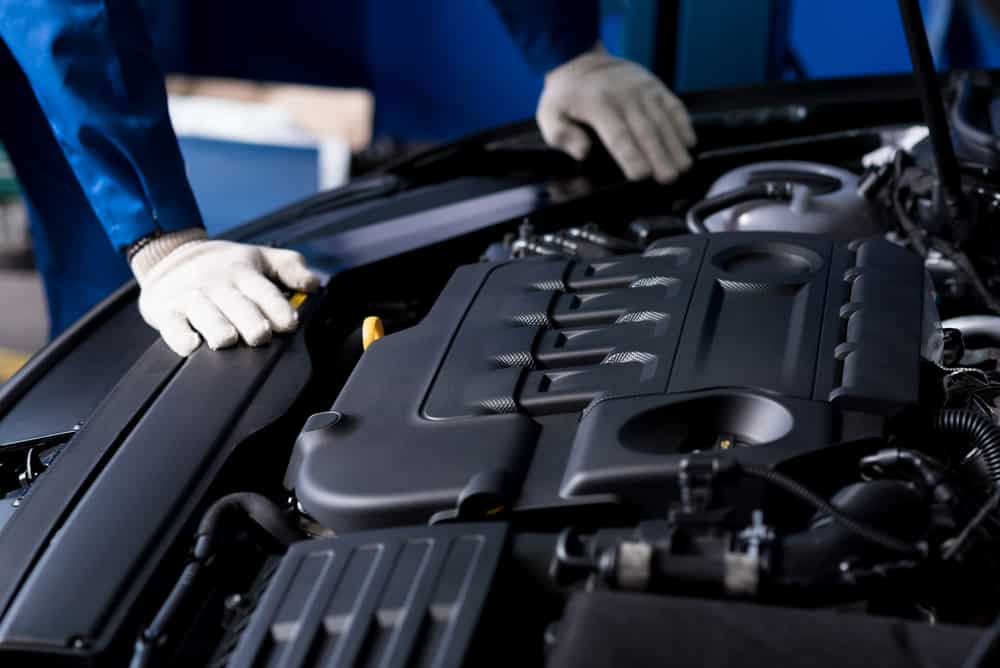
Broken vacuum hoses can often result in a high pitch noises because the engine is sucking air all the time through the leak, which will create noises.
If this is the case, you are lucky, because it’s a lot easier to identify a vacuum leak if you have a high pitch sound. Just listen to find where the sound comes from.
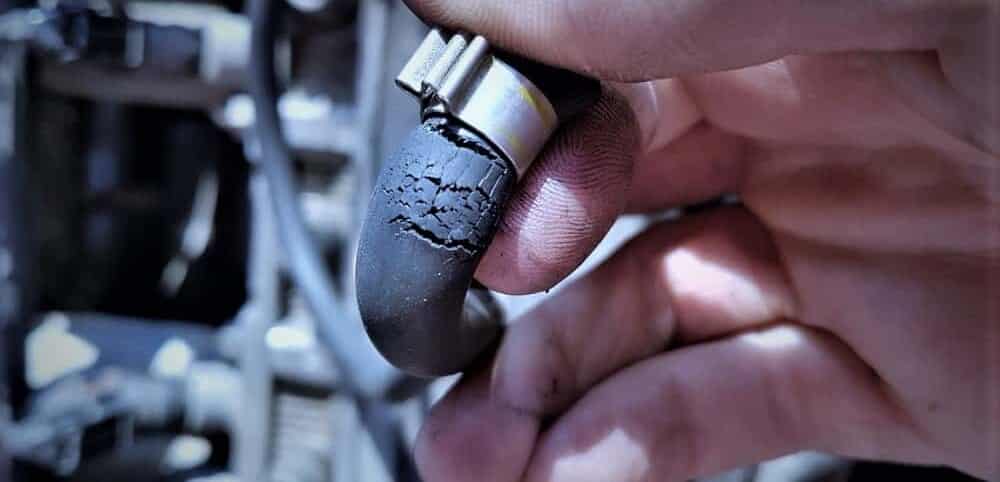
What could cause a Vacuum Leak?
The most common causes of a vacuum leak are a cracked vacuum hose or a leaking intake manifold gasket. It can also leak from the throttle body gasket or, in rare cases, a cracked intake manifold.
Even if it sounds like an easy job to find a vacuum leak, it can sometimes be time-consuming. There are a lot of different parts that can cause a vacuum leak.
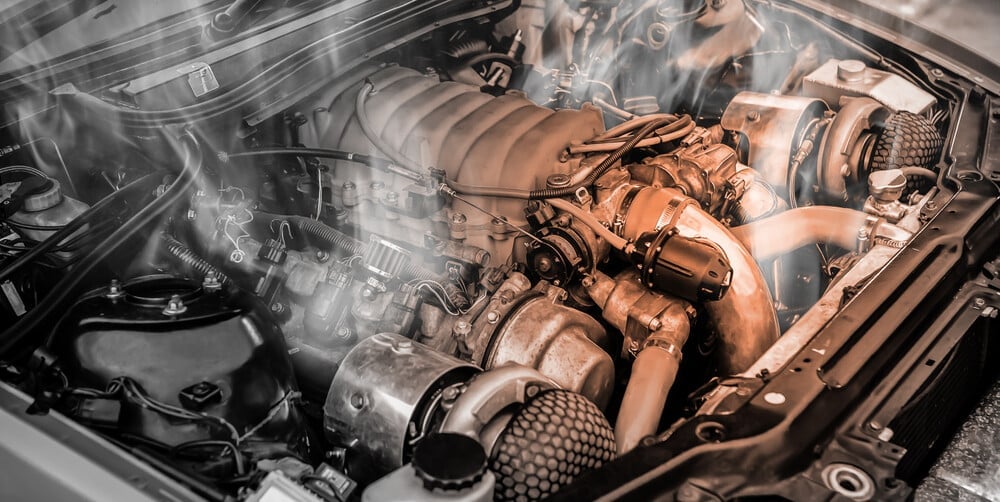
So do you suspect that you have a vacuum leak by looking at the symptoms above? Let’s find out if it is true!
Finding a vacuum leak is actually relatively easy, and there are several different methods to find a vacuum leak with or without special tools. You can find more information about how you can find the vacuum leak here in our other article: How to find a vacuum leak.
How do you know if you have a vacuum leak?
You will often notice that your idle is higher than usual, and you may have a check engine light on your dashboard when you have a vacuum leak in your car. You can also have other symptoms like bad engine performance or misfires.
Is a vacuum leak expensive to fix?
In most cases, a vacuum leak is caused by a cracked or broken vacuum hose, which can often be fixed for under 10$. However, vacuum leaks can be caused by more serious problems like a cracked intake manifold, which can cost up to 1000$ to fix.
Can you drive with a vacuum leak?
A small vacuum leak is not super-dangerous for your engine to drive with. However, it is always recommended to repair the vacuum leak as soon as possible. If your engine is running poorly because of the vacuum leak, you should not drive your car until the problem has been resolved. Never put strain on your engine if you know that it has a vacuum leak.
Can a vacuum leak ruin your engine?
A major vacuum leak can cause the air-fuel mixture to become very lean. A very lean mixture can cause a lot of heat inside the engine, which can cause internal engine parts to get damaged. A vacuum leak can ruin your engine’s parts if you are very unlucky and put a lot of load on your engine.
Categories: Engine, Troubleshooting
